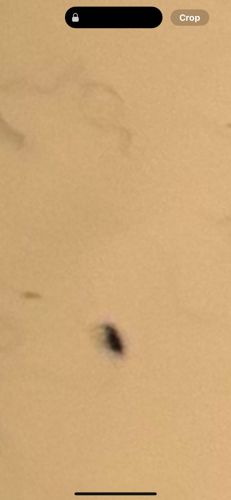Flea
Scientific Name: Siphonaptera (order), various families like Pulicidae
Order & Family: Order: Siphonaptera, Family: Pulicidae (common fleas) and others
Size: 1.5 to 3.3 mm (0.06 to 0.13 inches)

Natural Habitat
Fleas thrive in warm, humid environments. They are typically found on the bodies of their hosts (mammals and birds) or in the host's nesting/sleeping areas (carpets, bedding, pet beds, cracks in floors).
Diet & Feeding
Fleas are obligate hematophagous parasites, meaning both adult males and females feed exclusively on the blood of their warm-blooded hosts.
Behavior Patterns
Fleas are known for their remarkable jumping ability, allowing them to quickly move between hosts. They have a complex life cycle involving eggs, larvae, pupae, and adults. Adults spend most of their lives on a host, feeding regularly. Larvae typically live in cracks and crevices, feeding on organic debris, including adult flea feces (flea dirt). Pupae can remain dormant for extended periods until a suitable host is detected by vibrations or heat.
Risks & Benefits
Risks: Fleas are a significant nuisance to pets and humans, causing itchy bites, skin irritation, and allergic reactions (flea allergy dermatitis). They can transmit diseases, including tapeworms (Dipylidium caninum) to pets and occasionally humans, and historical vectors for plague (Yersinia pestis) in some regions. Benefits: No direct human benefits; they serve as a food source for some predators like spiders and mites, playing a minor role in the food chain.
Identified on: 11/3/2025